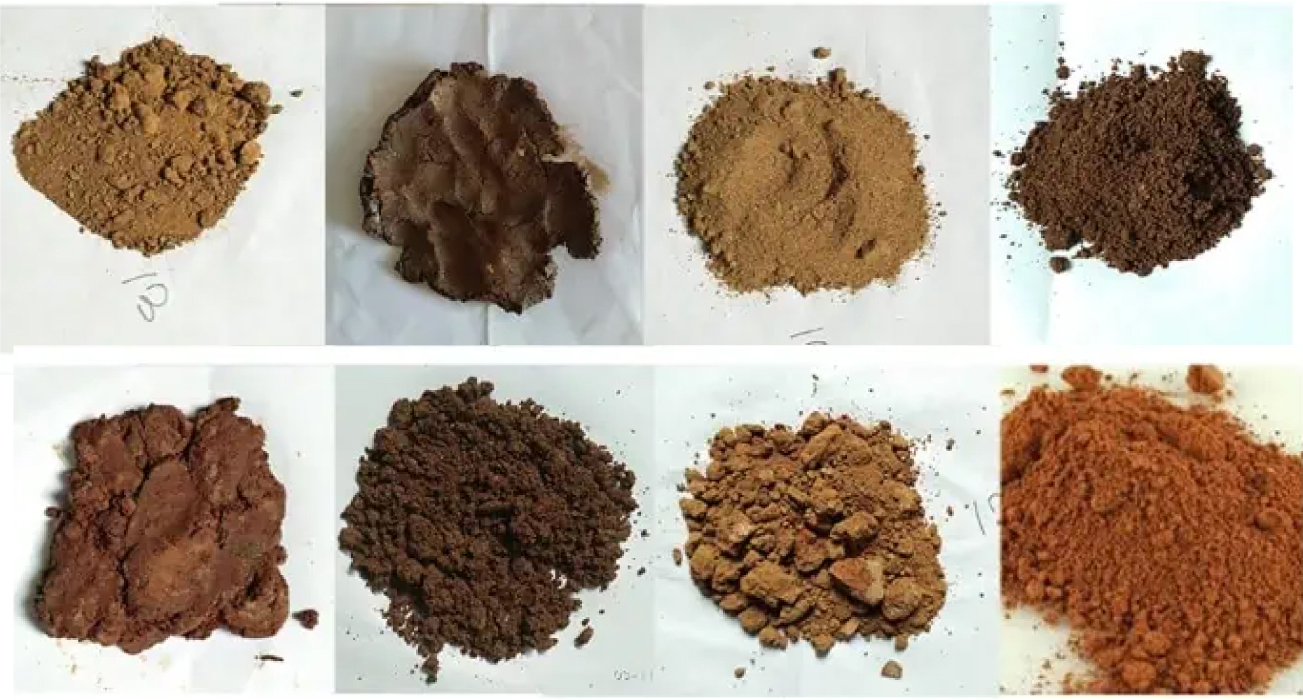
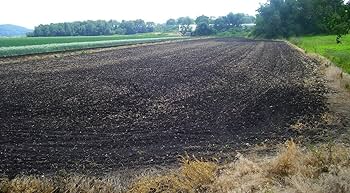
Black soil is also known as “Regur Soil” or the “Black Cotton Soil”.It covers about 15% of the total land area of the country.It covers most of the Deccan Plateau – parts of Maharashtra, Madhya Pradesh, Gujarat, Andhra Pradesh and some parts of Tamil Nadu. In the upper reaches of the Godavari and Krishna, and the north-western part of the Deccan Plateau, the black soil is very deep.The colour of these soils varies from deep black to grey.Cotton, pulses, millets, castor, tobacco, sugarcane, citrus fruits, linseed, etc. are mainly cultivated in black soil.
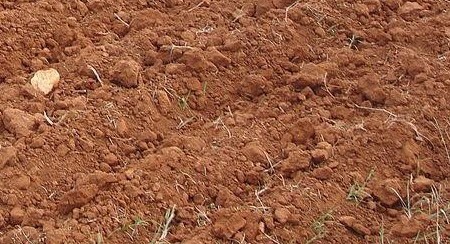
Also known as the “omnibus group”.It covers about 18.5 % of the total land area of the country.It is found in regions of low rainfall (eastern and southern parts of the Deccan Plateau). Along the piedmont zone of the Western Ghats, a long stretch of area is occupied by red loamy soil. This soil is also present in parts of Odisha and Chattisgarh and in the southern parts of the Middle Ganga Plain.The red colour is due to the presence of iron in crystalline and metamorphic rocks. The soil appears yellow when it is in hydrated form.The fine-grained red and yellow soil is usually fertile while the coarse-grained soil is less fertile.This type of soil is generally deficient in nitrogen, phosphorus and humus. Wheat, cotton, oilseeds, millets, tobacco, and pulses are mainly cultivated in red and yellow soil.
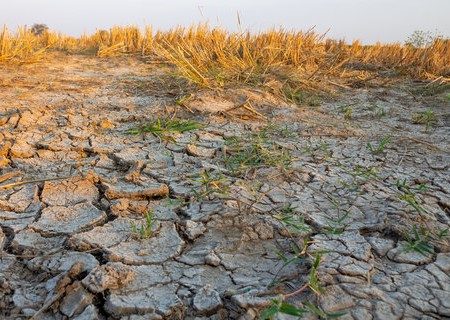
These soils have high percentages of sodium, magnesium and potassium, and hence infertile. The high salt content is mainly because of the dry climate and poor drainage.The texture ranges from sandy to loamy. These soils are found in arid and semi-arid areas, and in waterlogged and swampy regions.These soils are deficient in calcium and nitrogen.These soils are mostly found in western Gujarat, deltas of the eastern coast and in Sundarban areas of West Bengal. In the Rann of Kutch, the south-western monsoon brings salt particles and deposits there as a crust. Seawater near deltas also increases the salinity of the soil.These soils can be reclaimed by improving drainage, by applying gypsum or lime and by cultivating salt-resistant crops like berseem, dhaincha, etc.These are also called Reh, Usar, Kallar, Rakar, Thur, and Chopan. These are mainly found in Rajasthan, Haryana, Punjab, Uttar Pradesh, Bihar, and Maharashtra. Sodium chloride and sodium sulphate are present in this soil. It is suitable for leguminous crops
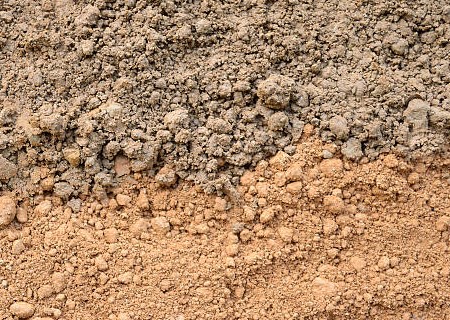
Alluvial soils are widespread in the northern plains and river valleys. It covers about 40% of the total land area of the country.These soils are mainly derived from the debris brought down from the Himalayas.In the Peninsular region, they are found in deltas of the east coast and in the river valleys.The colour of the alluvial soil varies from light grey to ash grey. The alluvial soil varies in nature from sandy loam to clay.They are rich in potash but poor in phosphorus.Two different types of alluvial soils have developed in the Upper and Middle Ganga plains–Khadar and Bhangar.Khadar is the new alluvium and occupies the flood plains of the rivers. Khadar is enriched with fresh silt deposits every year.Bhangar is the old alluvium, deposited away from the flood plains.Both Khadar and Bhangar soils contain concretion (kankars) of impure calcium carbonate.These soils are more loamy and clayey in the lower and middle Ganga plains and the Brahmaputra valley.Alluvial soils are intensely cultivated – wheat, maize, sugarcane, pulses, oilseed, etc.are mainly cultivated.
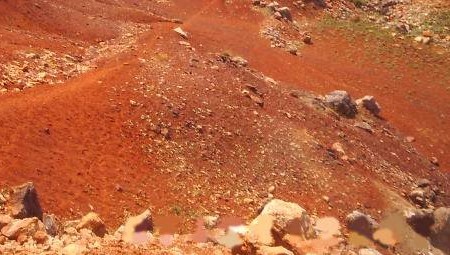
The name has been derived from the Latin word “later” which means brick.It accounts for about 3.7% of the total area of the country.These are typical soils of the monsoon climate which is characterised by seasonal rainfall. With rain, lime and silica are leached away, and soil rich in iron oxide and aluminium are left leading to the formation of laterite soil. Laterite soil is deficient in organic matter, nitrogen, phosphate and calcium, however, iron oxide and potash are in abundance.Although low in fertility, they respond well to manures and fertilisers.Laterite soils are found in Karnataka, Tamil Nadu, Kerala, Madhya Pradesh and hilly regions of Assam and Odisha.Red laterite soil in Kerala, Tamil Nadu and Andhra Pradesh are well suited for tree crop cultivation like cashew nuts.Laterite soil hardens rapidly and irreversibly on exposure to the air, a property that leads to its use as building bricks in southern India
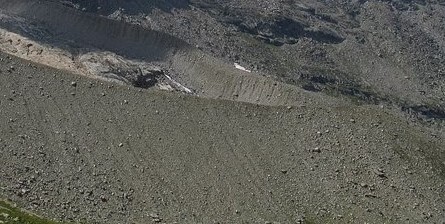
This type of soil is found in forest regions where rainfall is sufficient.The texture of the soil depends on the mountain environment where they are found.These soils are coarse-grained in the upper slopes and loamy and silty on valley sides.In the snowbound areas of the Himalayas, these soils undergo denudation and are acidic with low humus content. The soils found in the lower valleys are fertile.Also called forest soil.
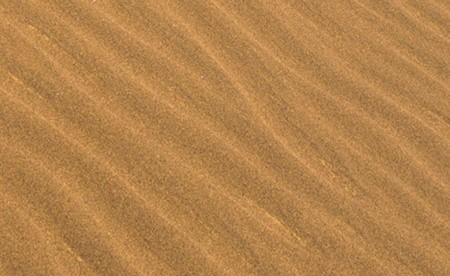
Also known as arid soil, it accounts for over 4.42 % of the total land area of the country. The colour ranges from red to brown.Desert soils are sandy to gravelly in texture, have low moisture content and low water-retaining capacity.These soils are saline in nature and in certain regions, the salt content is so high that common salt is obtained by evaporating water.These soils have normal phosphate content but are deficient in nitrogen.Due to increased calcium content in the lower horizons of the soil, there is the formation of ‘kankar’ layers. These kankar layers restrict the penetration of water and as such when water is made available through irrigation, the soil moisture is readily available for sustainable plant growth. Desert soils are profoundly found in western Rajasthan and contain little humus and organic matter.
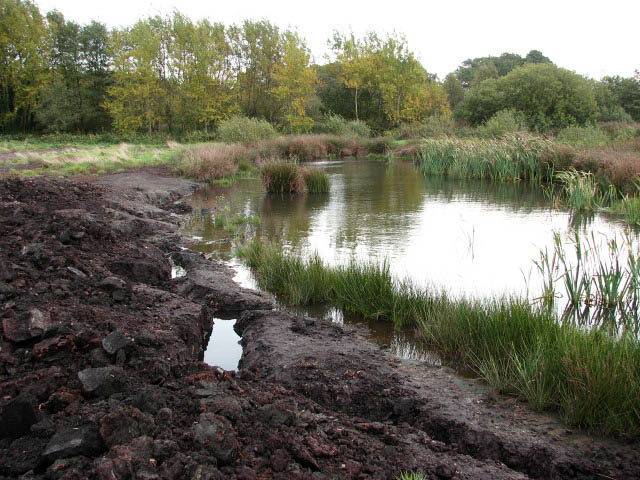
These soils are found in regions of heavy rainfall and high humidity, and it supports the good growth of vegetation.Peaty soils are rich in humus and organic matter.These soils are generally heavy and black in colour. In many places, these soils are alkaline.These are found in southern Uttarakhand, the northern part of Bihar, and the coastal areas of West Bengal, Odisha and Tamil Nadu. It is soft, easily compressed, and heavy.The soil is black in color due to its high organic content.Peaty soil is alkaline in nature, with pH values of more than 7.5.It is a storehouse of carbon and plays a role in carbon sequestration.When dry, it can be used as fuel.However, it is not suitable for vegetation or crops due to its alkaline nature.To make peaty soil fertile or lower its pH values, sulfur, ferrous sulfate, and aluminum sulfate can be used.
2024 Digital Reachall. All rights reserved | Privacy & Policy | Terms & Conditions.